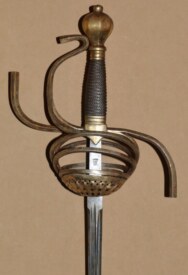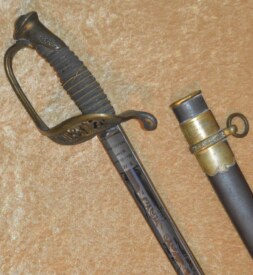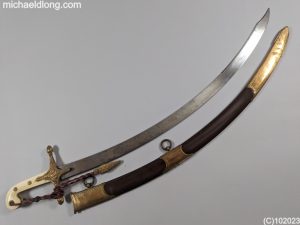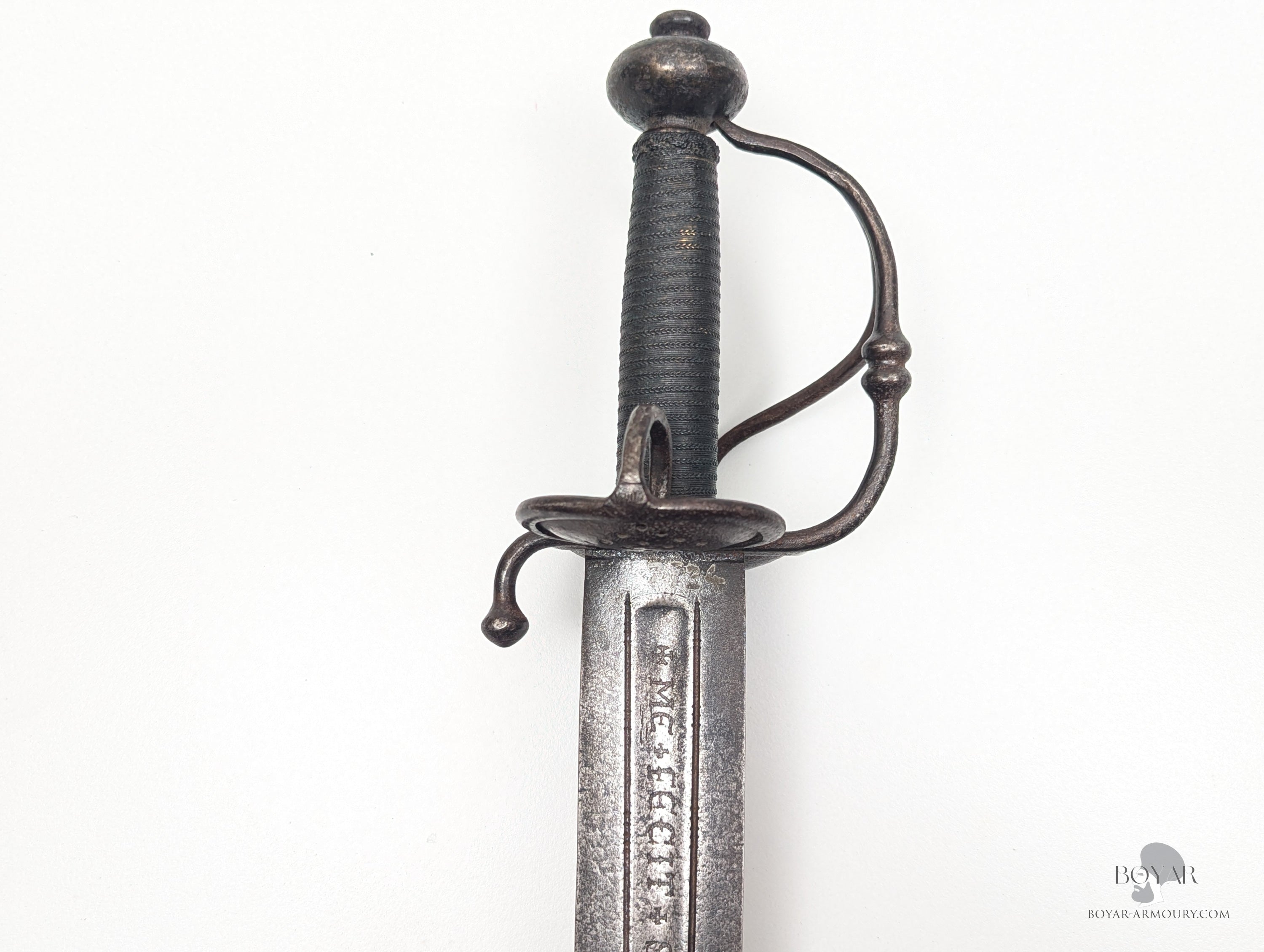For Sale
The following items are listed by for sale by users of the site and dealers. They are in no way endorsed or guaranteed by www.antiquearmsresearch.com
Add a Classified ItemYou can also receive regular email notifcations when items match your keywords. To recieve them just register or logon at the top right of this page.
- Nation : British
- Local Price : £3400
- Nation : American
- Local Price : $3295.00
- Nation : British
- Local Price : 4,500.00 USD
- Nation : British
- Local Price : £3,250.00
- Nation : -
- Local Price : £3,250.00 GBP









